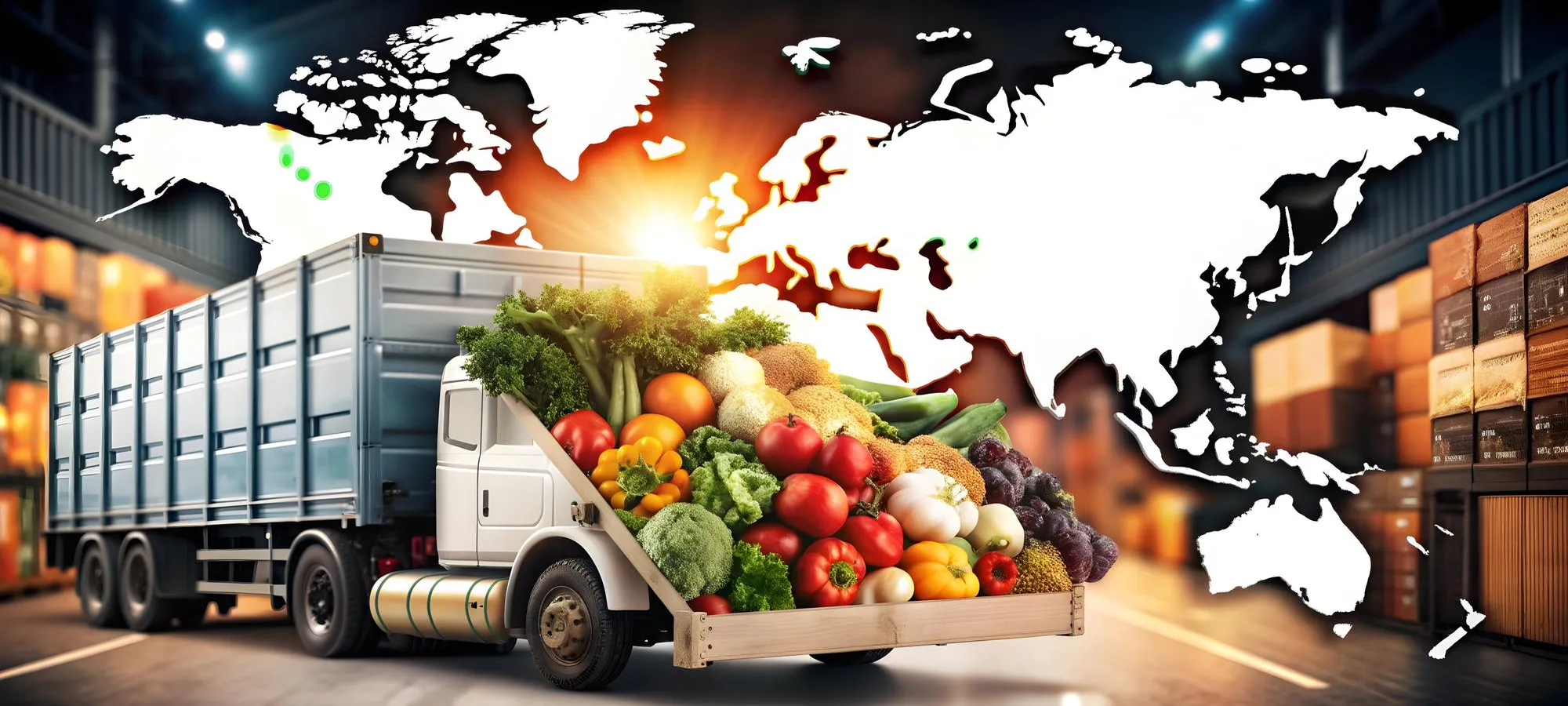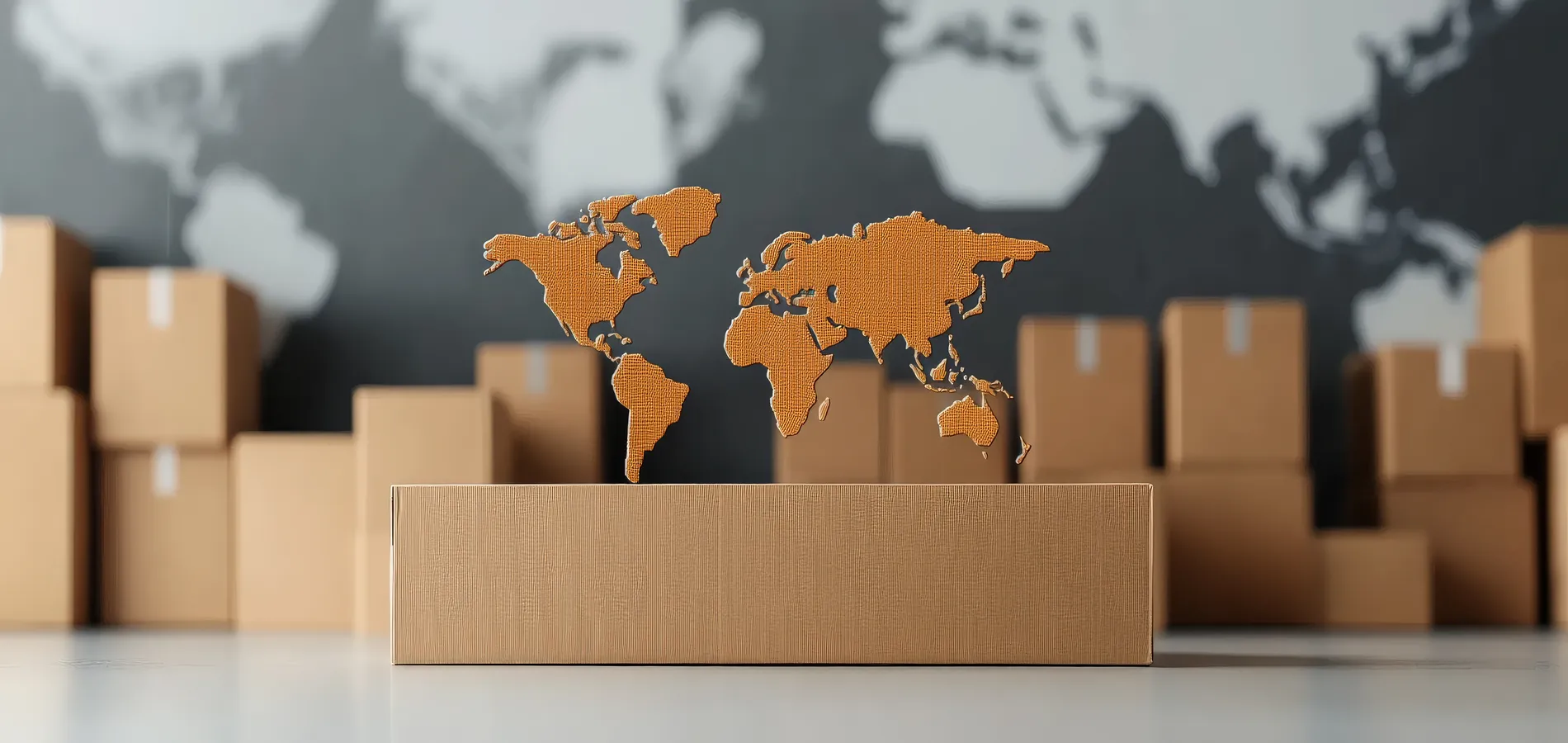Global trade has expanded rapidly over the past decades, connecting businesses and consumers across continents. However, this growth comes with an environmental cost, particularly in terms of packaging waste. Traditional packaging materials, especially plastics, contribute significantly to pollution and carbon emissions. As a result, sustainable packaging is becoming a critical focus in international trade.
What is Sustainable Packaging?
Sustainable packaging refers to the design, production, and use of packaging materials that are environmentally friendly. This includes materials that are recyclable, biodegradable, reusable, or made from renewable resources. The goal is to minimize the environmental footprint while maintaining the safety and quality of goods during transit.
Why Sustainable Packaging Matters in Global Trade
1. Reducing Environmental Impact
Shipping millions of goods worldwide generates significant waste. Sustainable packaging helps reduce landfill waste, pollution, and greenhouse gas emissions, contributing to a healthier planet.
2. Meeting Regulatory Requirements
Many countries have strict regulations regarding packaging materials, particularly plastics. Using eco-friendly packaging ensures compliance with international standards and avoids penalties or shipment delays.
3. Enhancing Brand Image
Consumers and businesses increasingly prefer environmentally responsible companies. Sustainable packaging reflects a brand’s commitment to environmental stewardship, building trust and loyalty among global customers.
4. Cost Efficiency in the Long Run
While eco-friendly packaging may initially seem more expensive, it can reduce costs in the long term through reduced material usage, lower waste disposal fees, and improved logistics efficiency.
5. Facilitating Circular Economy
Sustainable packaging encourages recycling and reuse, supporting the concept of a circular economy where materials are continuously repurposed, reducing dependence on virgin resources.
Examples of Sustainable Packaging Solutions
-
Biodegradable Materials: Packaging made from cornstarch, sugarcane, or other plant-based materials.
-
Recycled Materials: Cardboard, paper, or plastics made from recycled content.
-
Minimalist Packaging: Reducing excess packaging to lower material use and waste.
-
Reusable Packaging: Durable containers designed for multiple shipping cycles.
Challenges in Adoption
Despite the benefits, businesses face challenges in implementing sustainable packaging:
-
Higher Initial Costs: Eco-friendly materials may cost more than traditional alternatives.
-
Supply Chain Adjustments: Switching packaging materials can require changes in manufacturing and logistics.
-
Consumer Awareness: Educating consumers on proper disposal or recycling practices is essential to maximize benefits.
Conclusion
Sustainable packaging is no longer optional—it is becoming a strategic necessity in global trade. As businesses expand internationally, adopting eco-friendly packaging solutions helps reduce environmental impact, comply with regulations, and strengthen brand reputation. By prioritizing sustainability, companies not only protect the planet but also gain a competitive edge in the global marketplace.


